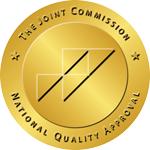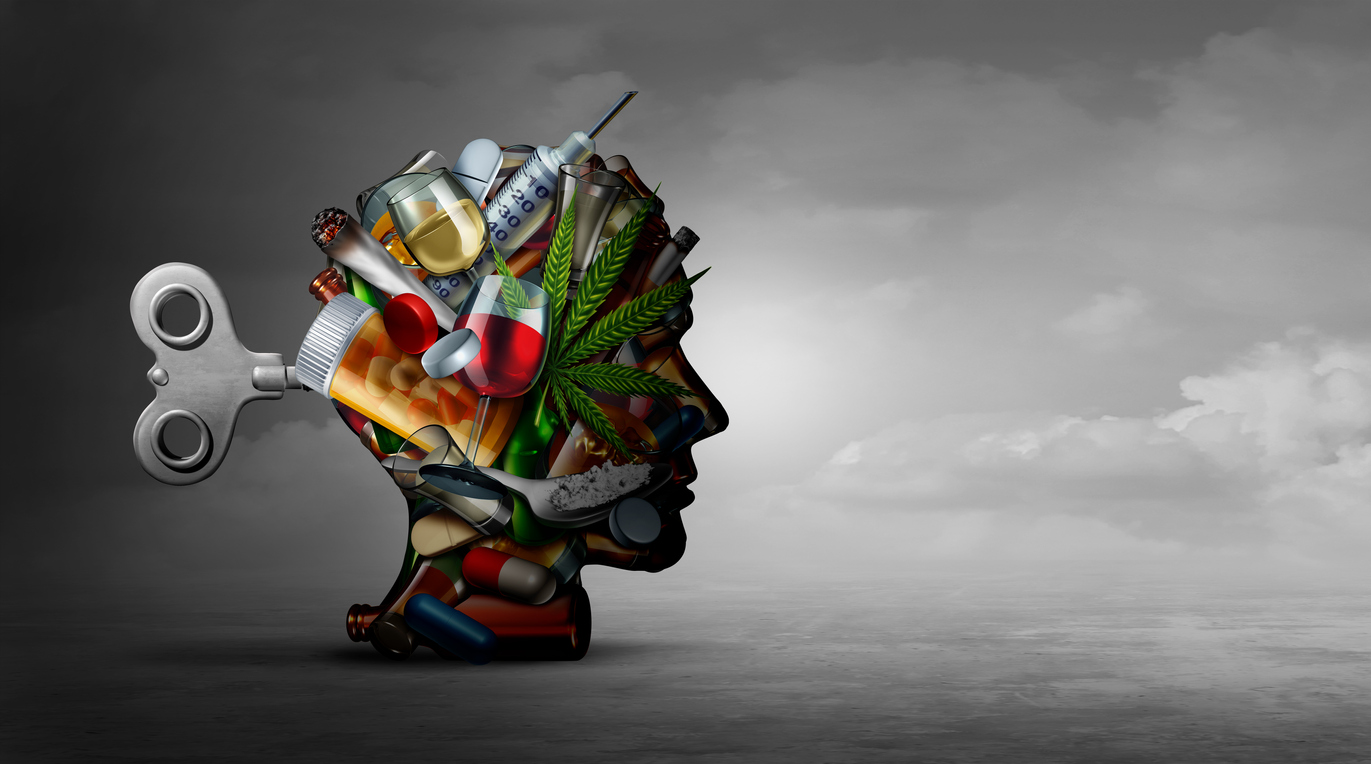When people talk about the dangers of certain substances, they often are referring to how addictive these substances are. This is not necessarily the same thing, because a substance can be extremely dangerous and have a high potential for overdose without causing much dependence. Other substances are more addicting, yet their risk for sudden overdose is low. However, these substances are dangerous in their own way because they cause serious health risks if used over a long period of time.
Understanding The Matrix Of Harm In Addiction
Researcher David Nutt and his colleagues studied the most harmful drugs in the world and came up with a list of the top five. Nutt and his team developed a “matrix of harm” that helped them assess and classify substances based on the risk of each drug.
Nutt explains in the study, which was published in The Lancet, “Drug misuse and abuse are major health problems. Harmful drugs are regulated according to classification systems that purport to relate to the harms and risks of each drug. However, the methodology and processes underlying classification systems are generally neither specified nor transparent, which reduces confidence in their accuracy and undermines health education messages. We developed and explored the feasibility of the use of a nine-category matrix of harm…to assess the harms of a range of illicit drugs in an evidence-based fashion. Our methodology offers a systematic framework and process that could be used by national and international regulatory bodies to assess the harm of current and future drugs of abuse.”
Top 5 Most Addictive Substances
The following are the five most addictive substances, according to researchers.
1) Heroin And Opiates
- Heroin and Opiates. The number one addictive substance on Nutt’s list is heroin an opioid street drug. Included in this category would be other opioids, including prescription painkillers, which work on the brain in the same manner as heroin. This group of drugs received a score of 3 out of 3, putting it at the top of the addictive substance list.
Heroin increases the levels of dopamine in the brain, causing a feeling of euphoria and making the user instantly crave more. Opioids, in general, have caused a huge disruption in America in the last decade, as more and more people are becoming hooked on prescription painkillers or their more dangerous replacement, heroin. It is estimated that nearly 25% of all people who try heroin at least one time will become addicted.
According to the National Survey on Drug Use and Health (NSDUH), in 2016 about 948,000 Americans reported using heroin in the past year, a number that has been on the rise since 2007. This trend appears to be driven largely by young adults aged 18–25 among whom there have been the greatest increases. The number of people using heroin for the first time is high, with 170,000 people starting heroin use in 2016, nearly double the number of people in 2006 (90,000). In contrast, heroin use has been declining among teens aged 12–17. Past-year heroin use among the nation’s 8th, 10th, and 12th graders is at its lowest levels since 1991, at less than 1 percent in each grade level.
According to the National Institute on Drug Abuse, those who are addicted to heroin and stop using the drug abruptly may have severe withdrawal. Withdrawal symptoms—which can begin as early as a few hours after the drug was last taken—include:
- restlessness
- severe muscle and bone pain
- sleep problems
- diarrhea and vomiting
- cold flashes with goose bumps (“cold turkey”)
- uncontrollable leg movements (“kicking the habit”)
- severe heroin cravings
2) Cocaine
Cocaine. Second on Nutt and his team’s list of most addictive substances is another common illicit drug, cocaine. This drug is a stimulant that interferes with the dopamine receptors in the brain, causing dopamine levels to increase and cause a feeling of euphoria. Cocaine also causes increased energy, rapid heart rate, and increased blood pressure. It has an extremely fast impact on the brain and a short half-life, which causes the user to seek more as soon as the high wears off.
It is estimated that 21% of people who try cocaine will become dependent on it at some time in their life. According to the National Survey on Drug Use and Health (NSDUH), cocaine use has remained relatively stable since 2009. In 2014, there were an estimated 1.5 million current (past-month) cocaine users aged 12 or older (0.6 percent of the population). Adults aged 18 to 25 years have a higher rate of current cocaine use than any other age group, with 1.4 percent of young adults reporting past-month cocaine use.
According to the National Institute on Drug Abuse withdrawal from cocaine causes:
- depression
- fatigue
- increased appetite
- unpleasant dreams
- slowed thinking
- insomnia
- agitation
- extreme cravings for the drug
3) Nicotine
Nicotine. It might come as a surprise to some, but nicotine was the number three addictive substance on Nutt’s list. As nicotine is smoked, it is delivered to the brain rapidly, mimicking receptors in the brain and causing an increase in dopamine similar to cocaine.
According to the National Survey on Drug Use and Health (NSDUH), fewer Americans are smoking today. In 2013, an estimated 55.8 million Americans aged 12 or older, or 21.3 percent of the population, were current cigarette smokers. This reflects a continual but slow downward trend from 2002 when the rate was 26 percent.
However, those who are addicted to nicotine find it extremely difficult to quit, even when faced with serious health concerns. In fact, tobacco use is the leading preventable cause of disease, disability, and death in the United States, with 16 million people suffering from a serious illness that is caused by smoking. More than two-thirds of Americans who tried smoking reported becoming dependent during their life.
According to the World Health Organization:
- Tobacco kills up to half of its users.
- Tobacco kills more than 7 million people each year. More than 6 million of those deaths are the result of direct tobacco use while around 890 000 are the result of non-smokers being exposed to second-hand smoke.
- Around 80% of the world’s 1.1 billion smokers live in low- and middle-income countries.
It is difficult to quit using nicotine. According to smokefree.gov, symptoms of quitting smoking include:
- cravings for cigarettes
- feeling down or sad
- insomnia
- irritability
- trouble thinking clearly and concentrating
- feeling restless and jumpy
- slower heart rate
- weight gain
4) Barbiturates (“downers”).
Next, on Nutt’s most addictive substance list are barbiturates or downers. These are medications that work on the individual by shutting down signals in certain regions of the brain. These medications are used to treat anxiety disorders and insomnia and can lead to addiction very easily.
Today in America, barbiturates have largely been replaced by benzodiazepines, which act in much the same way, and are also addicting. According to National Survey on Drug Use and Health (NSDUH), 12.5% of adults in the U.S. used benzodiazepines, which extrapolates to about 30.5 million persons. However, only 2.1% of U.S. adults misused them (at least once), and only 0.2% met the criteria for benzodiazepine use disorders. Among benzodiazepine users, 17.1% misused them, and fewer than 2% had benzodiazepine use disorders.
Barbiturates and benzodiazepines are dangerous to withdraw from, and the individual should be monitored when quitting these medications. Withdrawal symptoms include:
- irritability
- sleeplessness
- seizures
- tremors
- hallucinations
- fever
- sweating
- delirium
- cardiovascular collapse
- severe anxiety
- hypotension
- mood disorders
- death
5) Alcohol.
Finally, one of the most commonly used legal addictive substances in America is on Nutt’s list. Alcohol is consumed by millions of people throughout the world, some even citing health benefits to moderate drinking. Not all agree, however. Alcohol depresses the central nervous system, causing the brain to release dopamine and endorphins. Those who consume alcohol on a regular basis develop a tolerance to it, which requires them to drink more and more in order to feel the same effects. During this time, dependence settles in for many and can lead to a lifetime of addiction.
Dangerous Addiction Statistics
According to the 2015 National Survey on Drug Use and Health (NSDUH):
- 86.4 percent of people ages 18 or older reported that they drank alcohol at some point in their lifetime; 70.1 percent reported that they drank in the past year; 56.0 percent reported that they drank in the past month.
- In 2015, 26.9 percent of people ages 18 or older reported that they engaged in binge drinking in the past month; 7.0 percent reported that they engaged in heavy alcohol use in the past month.
- 15.1 million adults ages 18 and older had and alcohol use disorder (AUD). This includes 9.8 million men and 5.3 million.
- About 6.7 percent of adults who had AUD in the past year received treatment. This includes 7.4 percent of males and 5.4 percent of females with AUD in this age group.
- An estimated 88,000 people die from alcohol-related causes annually, making alcohol the third leading preventable cause of death in the United States.
- In 2014, alcohol-impaired driving fatalities accounted for 9,967 deaths (31 percent of overall driving fatalities).
Alcohol withdrawal is dangerous and should not be attempted alone. Symptoms include:
- agitation
- anxiety
- headaches
- shaking
- nausea and vomiting
- disorientation
- seizures
- insomnia
- high blood pressure
- hallucinations
- delirium tremens
- death
All of these substances are dangerous if overused or abused. Some, such as prescription medications, can provide benefits if used with caution. However, it is important that we work to educate our communities about the dangers of these very addictive substances so that we can work to prevent abuse and dependence and provide treatment to those who are struggling with addiction.
The Ridge offers an inpatient rehab facility along with detox programs to help people struggling with addiction.
Source: https://www.thelancet.com/journals/lancet/article/PIIS0140-6736(07)60464-4/fulltext


